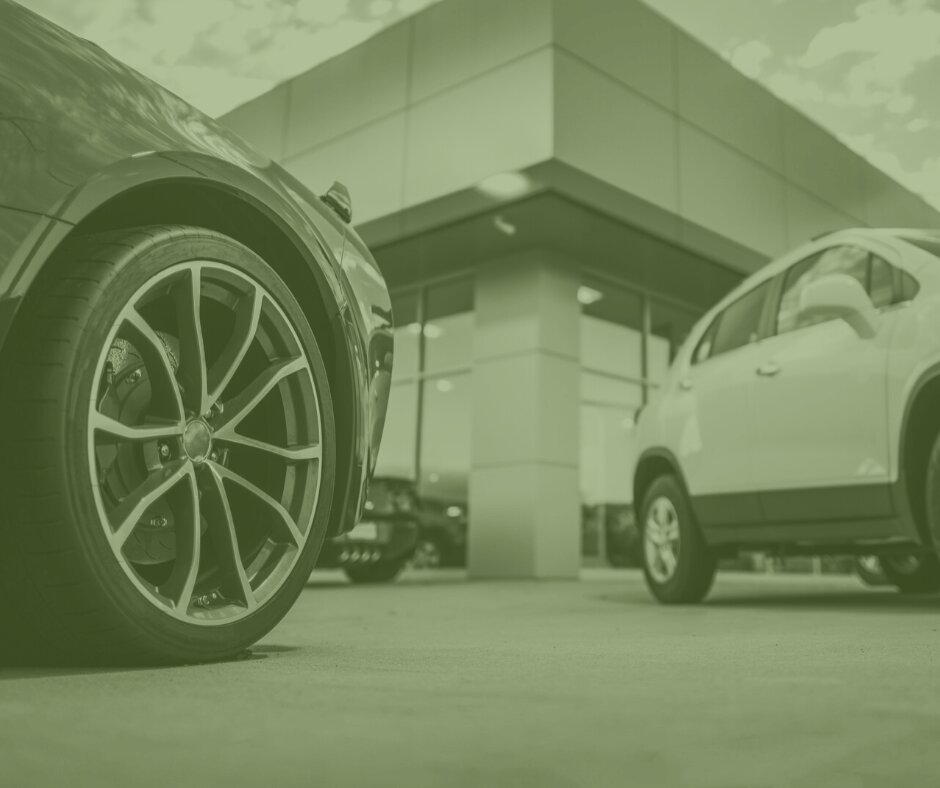
October 21, 2020
Are new cars becoming too expensive?
Yes. New cars have unquestionably become more expensive over the years, partly due to consumer demand for more features, but that is not the only reason. Advancements in vehicle safety and technology, engineering and [...]
Yes. New cars have unquestionably become more expensive over the years, partly due to consumer demand for more features, but that is not the only reason. Advancements in vehicle safety and technology, engineering and design and government regulations are duly responsible for driving up window stickers.
Smarter cars cost more
Modern vehicles have come a long way since their predecessors as sophisticated technologies and superior quality, once reserved for upscale brands, have now found their way into base-level models. It is a smart move by carmakers; as they compete for your business, they need to make vehicles more appealing. Brand loyalty is no longer a given.
Today’s connected consumers crave comfort and convenience and expect their rides to be equipped with the latest technology to complement their mobile lifestyles without compromising safety or quality. While rear-view cameras, touchscreen displays and fast-charging USB ports are standard options on most current base-level trim packages, higher trim levels typically offer added luxury. They contain more safety features like blind-spot monitoring, lane-keeping assist and adaptive cruise control. All of these “extras” add a premium to a vehicle’s bottom line.
For instance, look at the Ford F150 pickup truck – a best-selling vehicle for decades, especially among contractors. Shoppers looking to purchase a 2021 model have six different trim packages to choose from, starting at $35,280 for its entry-level F-150 XL Regular Cab 4×4 and $75,945 for the top-tier F-150 Limited SuperCrew 4×4 before options; a fully loaded hybrid Limited will cost over $80,000.
Furthermore, almost everything in a newer vehicle is controlled by a complex network of computers and sensors – all communicating with each other to operate the features drivers have come to rely on, including the safety assist systems designed to minimize accidents. Car repairs are also becoming more expensive because of these technologies.
Then you have electric vehicles (EVs) and hybrids, which are more expensive than traditional gas-powered engines. EVs cost more because of their batteries, while hybrids are pricier due to having dual powertrains.
Size matters
Another factor is people love larger vehicles. Light trucks (pickups, SUVs and crossovers) have dominated the market for years driving smaller sedans to the brink of extinction. An analysis from the National Automobile Dealers Association (NADA) issued in December 2019 found light trucks accounted for 72.1 percent of all new light-vehicle sales – increasing 2.9 percentage points compared to 2018.
Subsequently, as vehicles get larger, not only do they require more materials to manufacture them, they also require additional safety features due to their increased size and weight, equaling more dollar signs.
According to Kelley Blue Book, the estimated average price for a light vehicle in the United States was $38,635 in August 2020, even as the coronavirus pandemic persists. With median household incomes earning $68,400, owning a new automobile seems unattainable for many families. This may explain why more people are financing their vehicle purchase for extended periods, stretching to six or seven years on some leases, and ultimately adding thousands of dollars to the payment.
Regulatory compliance
Automakers are constantly under pressure to comply with government policies and mandates regarding safety systems and environmental standards, including fuel economy and reduced emissions. For example, The U.S. Department of Transportation’s National Highway Traffic Safety Administration’s (NHTSA) Corporate Average Fuel Economy (CAFE) standards regulate fuel economy for vehicles produced in the United States. Original Equipment Manufacturers (OEMs) must take into consideration these regulations when designing their engines, and that inevitably raises car prices.
In the end, the question of whether new cars are becoming too expensive depends on sales. We already know that today’s vehicles are smarter, safer and loaded with technology making them better products. As long as consumer demand is there, automakers will continue to seek out ways to maximize their margins, and that, unfortunately, trickles down to your pocketbook.
Share This Story, Choose Your Platform!
Marx Layne is your competitive advantage.
Your reputation and success are our only concerns.
